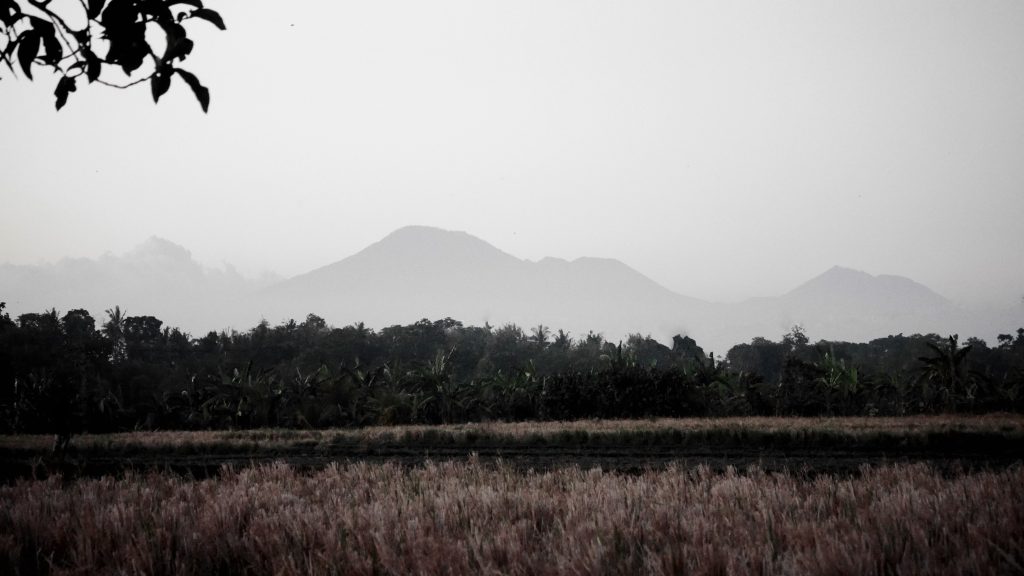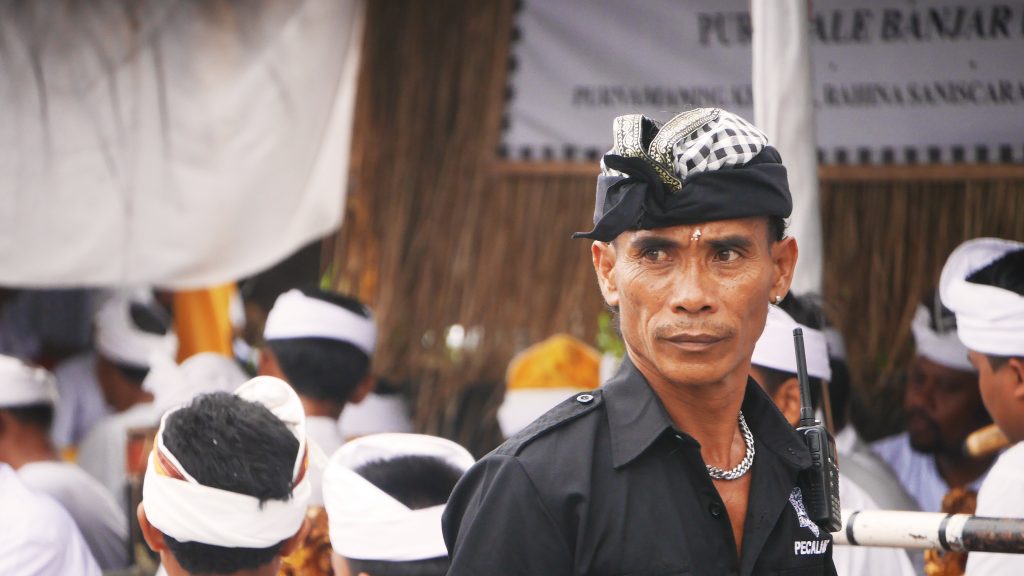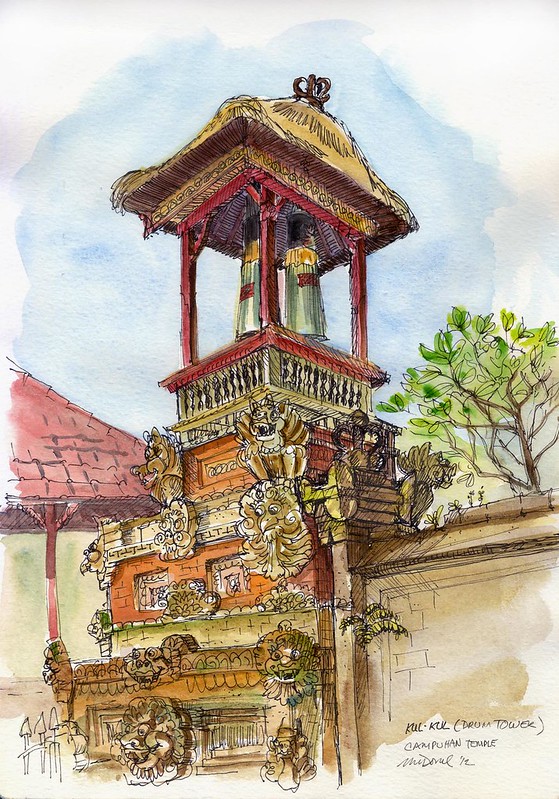Kedungu village, Bali :
Banjar, Communities & Kulkul

It would be really long to describe everything in details, but I hope this small sum up will help you to understand better how balinese villages work and especially Kedungu.
Banjar can be translated by neighborhood or district, it belongs to a Desa (village) and has its own local management, most of the time based on religion. Banjar Kedungu belongs to Desa Belalang for example.
It’s a parallel government: local, with elections and organization. The leader of the Banjar is elected for 5 years, and has a team with him to manage the district (secretary,accounter, ..)
The Kepala dusun (bahasa Indonesia) or Kelian dinas (bahasa Bali) is the leader of the banjar. He has a political position and he’s a bridge between the villagers and the government through the Desa (which also has a leader and organization).
In Kedungu, and most of Bali villages, there is a Kelian banjar, the religious leader. The Kelian dinas & Kelian banjar are working together with their teams to organize the village life : from renovating the streets, or a temple, to a private ceremony or important hindu ceremony.

Villagers are organized in communities. The most famous one is the Pecalang one, compared to the religious local police, they belong to the Kelian banjar and it’s a male community. You’ll reconize them with they dark balinese outfit and they often wear a knife (keris) and a black & white checkerboard sarong and/or hat(udeng). This pattern represents the balance between good and bad (yin & yang) and is often worn to show protection (pecalang or some protective statues in front of temples for example).
Another famous one is the PKK one (Pembinaan Kesejahteraan Keluarga) it’s a married women community. In Kedungu there is also a fishermen community, a young community, kite community, surfing community,… so many communities in balinese villages.

Communities and citizens often meet at the Bale Banjar, in Kedungu located at the entrance of the village.
We are still using an old method for meetings and calling communities to the bale banjar: the Kulkul (bell). It’s a wooden bell and every citizen of Kedungu is allowed to use it to call for community help or for starting a meeting. There is a different tone for calling each community or to announce a religious ceremony. That’s how villagers recognize a call.
Do not mistaken the kulkul with the Puja Trisandya: everyday at 6am , 12pm and 6pm you’ll hear a song or mantra from the bale banjar, it’s a hindu call to pray.
Want more details or learn more about Bali / Kedungu ?
